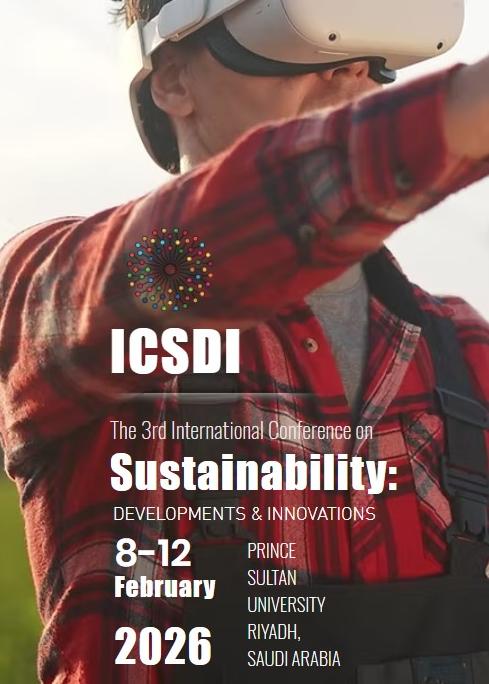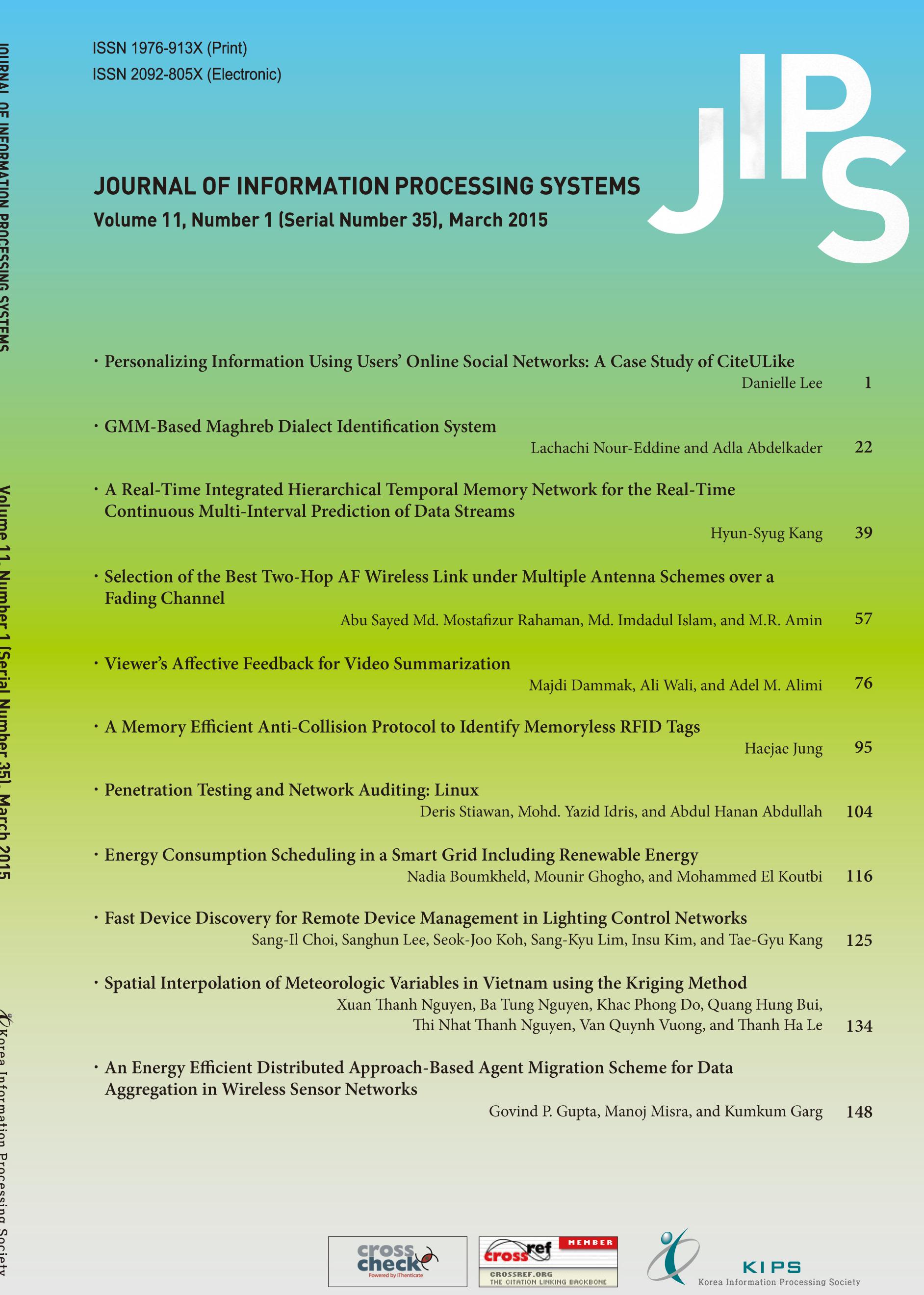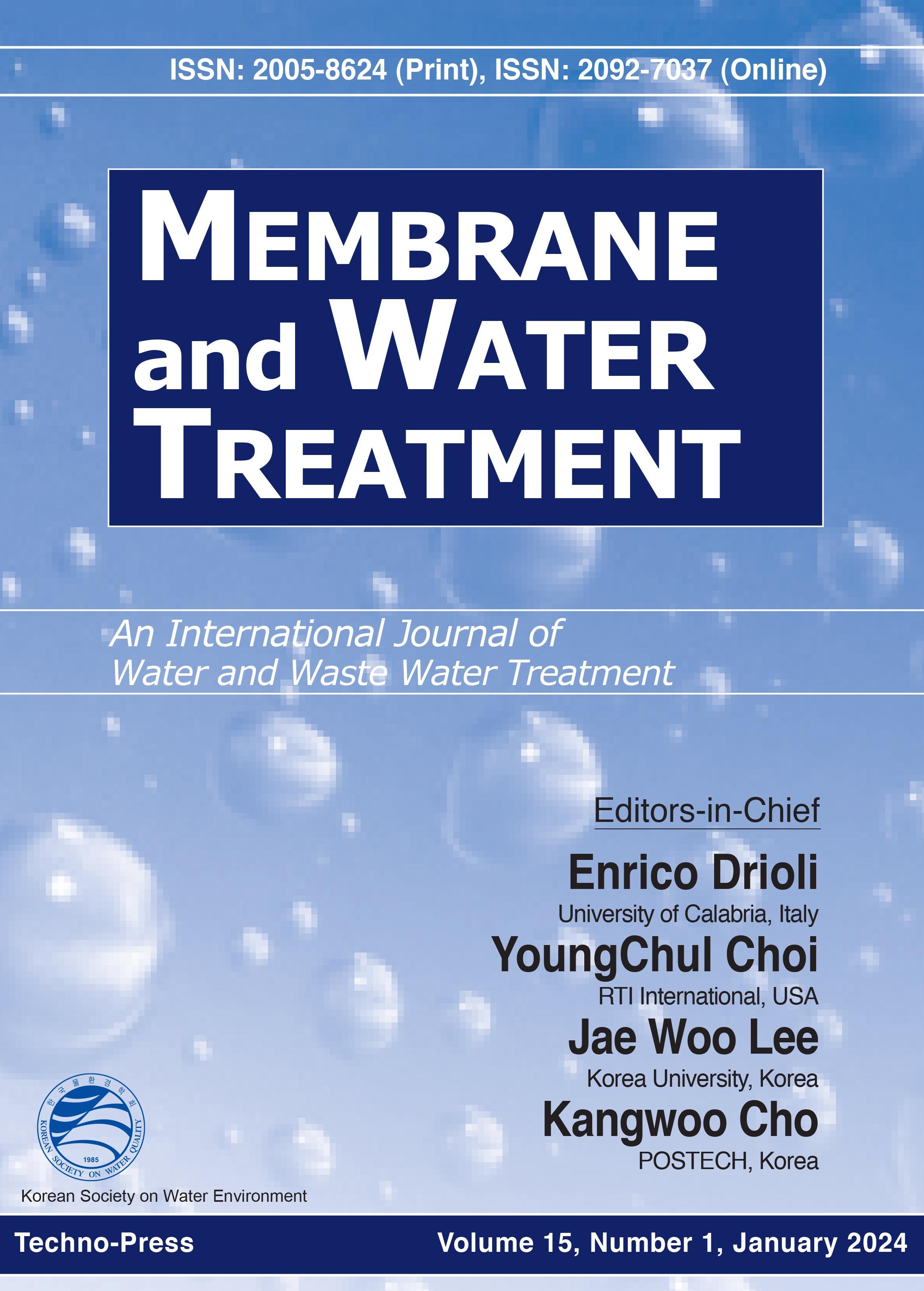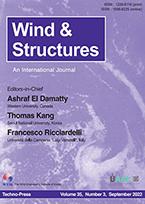48th LISBON International Congress on Nanotechnology, Materials & Environmental Sciences (NMES-25)
NMES-25
- URL: https://cecabs.org/conference/348
- Event Date: 2025-12-10 ~ 2025-12-12
- Submission Date: 2025-12-01
- Organizer: CECABS
- Location: Lisbon, Portugal
Materials Engineering Nanotechnology Chemical & Material Sciences (General) Composite Materials Environmental & Geological Engineering Materials Engineering Nanotechnology Environmental & Geological Engineering Environmental Sciences Environmental & Occupational Medicine
Call for papers/Topics
Full Articles/ Reviews/ Shorts Papers/ Abstracts are welcomed in the following research fields:
I. Nanotechnology
- Nanomaterials Synthesis and Fabrication:
- Green synthesis methods for nanomaterials (e.g., bio-inspired, sustainable routes).
- Self-assembly and hierarchical assembly of nanomaterials.
- Advanced nanofabrication techniques (e.g., 3D printing at nanoscale, lithography).
- Synthesis of specific nanomaterials: nanoparticles (metal, metal oxide, quantum dots), nanotubes (carbon, inorganic), nanowires, nanofilms, 2D materials (graphene, MXenes, TMDs), nanocomposites.
- Nanomaterials Characterization:
- Advanced microscopy techniques (TEM, SEM, AFM, STM).
- Spectroscopic methods (XPS, XRD, FTIR, Raman, UV-Vis).
- Thermal analysis, rheology, and mechanical testing at the nanoscale.
- Computational and theoretical modeling of nanomaterials.
- Fundamental Nanoscale Phenomena:
- Quantum effects in nanomaterials.
- Surface chemistry and interface phenomena at the nanoscale.
- Understanding size-dependent properties (optical, electrical, magnetic, mechanical).
II. Materials Science & Engineering
- Advanced Materials:
- Functional materials (e.g., smart materials, self-healing materials).
- Biomaterials and biocompatible materials.
- Energy materials (e.g., for batteries, fuel cells, solar cells).
- Electronic and magnetic materials.
- Advanced composites and nanocomposites.
- Coatings and thin films.
- Catalytic materials.
- Sustainable Materials:
- Bio-based polymers and bioplastics.
- Recycled and upcycled materials.
- Biodegradable and compostable materials.
- Circular economy approaches in materials design and production.
- Life cycle assessment (LCA) of materials.
- Materials Processing and Manufacturing:
- Green manufacturing processes.
- Additive manufacturing (3D printing) of advanced materials.
- Surface engineering and modification.
- Waste treatment and recycling processes for materials.
III. Environmental Sciences & Applications
- Environmental Nanotechnology:
- Water Purification and Treatment:
- Nanofiltration and membrane technologies.
- Nanosorbents for pollutant removal (heavy metals, organic pollutants, dyes).
- Photocatalysis for water decontamination.
- Nanomaterials for pathogen detection and inactivation.
- Wastewater treatment and resource recovery using nanomaterials.
- Air Pollution Control:
- Nano-enabled filters for particulate matter and volatile organic compounds (VOCs).
- Nanocatalysts for gas phase pollutant degradation.
- Nanosensors for real-time air quality monitoring.
- Soil and Groundwater Remediation:
- Nanoremediation techniques (e.g., nanoscale zero-valent iron for organic and inorganic contaminants).
- Nanomaterials for bioremediation and phytoremediation enhancement.
- Waste Management and Resource Recovery:
- Nanotechnology for waste valorization and energy recovery.
- Recycling and upcycling of nanomaterials.
- Water Purification and Treatment:
- Environmental Monitoring and Sensing:
- Nanosensors for detecting a wide range of environmental pollutants (gases, heavy metals, pesticides, pharmaceuticals, microorganisms).
- Smart monitoring systems integrating nanotechnology with IoT and AI.
- Bio-inspired sensors for environmental applications.
- Sustainable Energy Technologies:
- Nanomaterials for improved solar energy conversion and storage.
- Nanomaterials for hydrogen production and fuel cells.
- Energy harvesting and energy efficiency using nanotechnology.
- Environmental Impact and Safety of Nanomaterials (EHS):
- Nanotoxicity and eco-toxicity of nanomaterials.
- Risk assessment and life cycle considerations of nanomaterials.
- Regulatory frameworks and ethical considerations for nanotechnology.
- Safe synthesis, handling, and disposal of nanomaterials.
- Climate Change Mitigation:
- Carbon capture, utilization, and storage (CCUS) using nanomaterials.
- Nanotechnology for greenhouse gas reduction.
IV. Cross-Cutting & Emerging Topics
- Computational Materials Science and Nanotechnology for Environmental Applications:
- AI and machine learning in nanomaterial design and environmental modeling.
- Molecular dynamics and ab initio simulations for environmental systems.
- Nanobiotechnology for Environmental Applications:
- Integration of nanotechnology with biology for environmental solutions.
- Biosensors and bioremediation using nano-bio interfaces.
- Policy, Regulations, and Societal Impact:
- Standardization and regulation of nanotechnology in environmental applications.
- Public perception and societal acceptance of nanotechnologies.
- Economic and commercial aspects of nanotechnology in environmental solutions.














